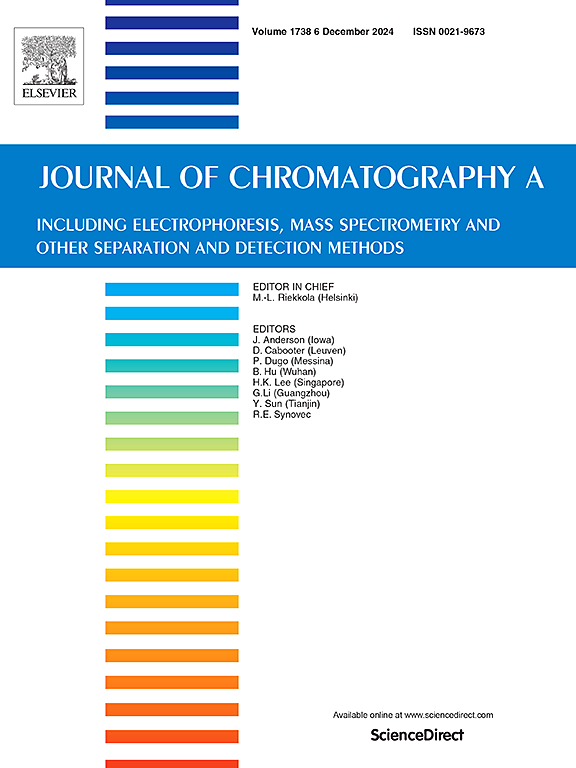An injection filling method for packing chromatography devices
IF 3.8
2区 化学
Q1 BIOCHEMICAL RESEARCH METHODS
引用次数: 0
Abstract
An injection filling method for packing resin media in a chromatography device for protein separation is discussed in this paper. The method is first demonstrated by packing anion exchange resin within a cuboid chromatography device and a squat column, both having 7.5 mL bed volume. The method is further demonstrated by packing size exclusion chromatography media in a 50 mL cuboid chromatography device. Overall, the packing method is simple and is less demanding in terms of requirement for operator skill and experience. The devices packed using the injection filling method had excellent separation efficiency attributes. Flow through and eluted protein peaks obtained using a device with an intentional minor indentation on the inner surface of the chromatography device showed pre-peaks (or fronting) and these peaks were wider than those obtained with a device without such an indentation. Surface imperfections had a greater impact on eluted peaks than on flow-through peaks. Size exclusion chromatography experiment carried out at high flow rates showed that protein separation obtained with the 50 mL cuboid device packed using the injection filling method was superior to that obtained with a conventional 50 mL column packed with the same media. At a high flow rate. the resin-bed within the column compacted very significantly while no such compaction was observed in the cuboid device.
求助全文
约1分钟内获得全文
求助全文
来源期刊

Journal of Chromatography A
化学-分析化学
CiteScore
7.90
自引率
14.60%
发文量
742
审稿时长
45 days
期刊介绍:
The Journal of Chromatography A provides a forum for the publication of original research and critical reviews on all aspects of fundamental and applied separation science. The scope of the journal includes chromatography and related techniques, electromigration techniques (e.g. electrophoresis, electrochromatography), hyphenated and other multi-dimensional techniques, sample preparation, and detection methods such as mass spectrometry. Contributions consist mainly of research papers dealing with the theory of separation methods, instrumental developments and analytical and preparative applications of general interest.
 求助内容:
求助内容: 应助结果提醒方式:
应助结果提醒方式:


